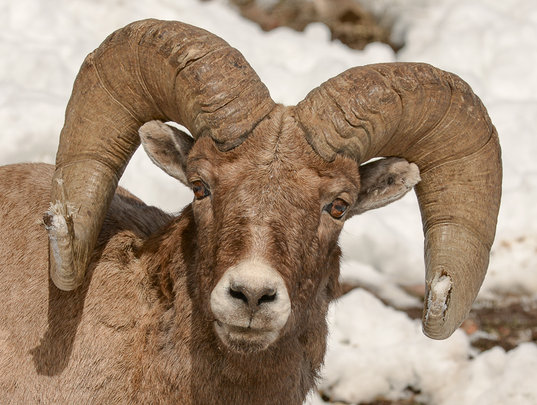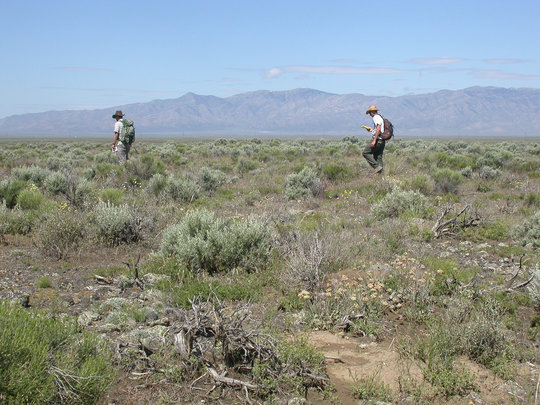We have much more to do and your continued support is needed now more than ever.
No More Butting Heads: NWF’s Adopt a Wildlife Acre Program Protects Key Habitat For Bighorn Sheep
The National Wildlife Federation’s most recent Adopt-A-Wildlife-Acre work has focused on resolving conflicts between bighorn sheep and domestic sheep that graze on public lands in Wyoming, Idaho and Montana. Domestic sheep frequently harbor a type of pneumonia that is easily transmitted to bighorn sheep and often results in large-scale die-offs.
Entire herds have been decimated by this transmission. The disease can even become endemic in the bighorns that do not die outright, leading to high lamb mortality and a continuing downward spiral in the bighorn population.

At the end of April, NWF completed two important grazing retirement agreements in southeastern Idaho that will significantly reduce the disease risk that bighorn sheep face in that area. While all of NWF’s previous retirements have occurred on National Forest lands, our latest Adopt-A Wildlife-Acre project is on the Howe Peak allotment which is managed by the Bureau of Land Management (BLM).

![]() Help NWF continue our efforts to protect bighorn sheep herds across the west.
Help NWF continue our efforts to protect bighorn sheep herds across the west.





















